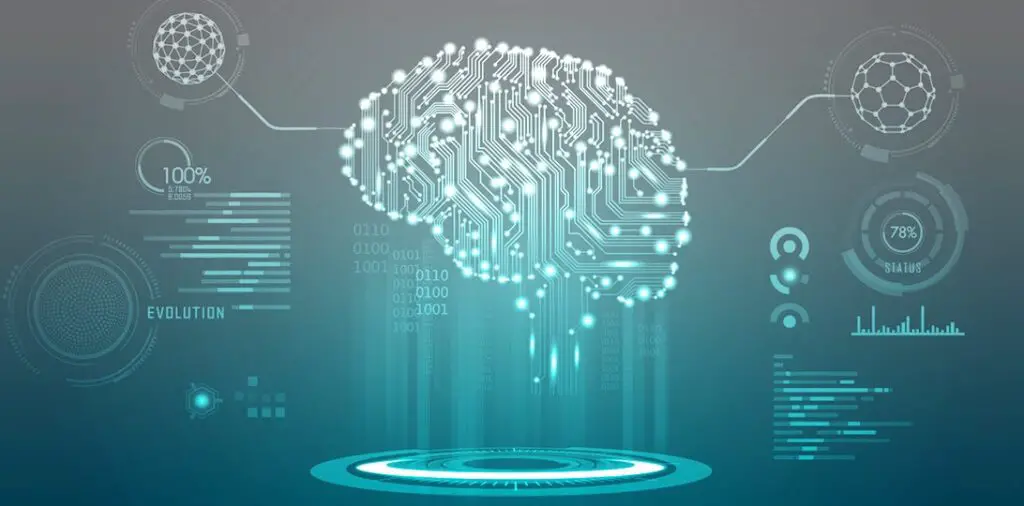Unlocking the Power of Deep Learning Image Recognition by AI
Deep Learning Image Recognition: The Basics and Use Cases

Power of Deep Learning Image: In the era of rapidly advancing technology, deep learning image recognition by AI stands out as a revolutionary breakthrough. This article delves into the intricacies of this exciting field, shedding light on its applications, benefits, and the transformative impact it has on various industries.

The Rise of Deep Learning Image Recognition by AI
Deep learning image recognition by AI is at the forefront of artificial intelligence research. Its rise can be attributed to its ability to mimic human visual perception, allowing computers to analyze, interpret, and even make decisions based on visual data. This technology utilizes neural networks to process vast amounts of data, making it a formidable tool in the field of image recognition.
Applications of Deep Learning Image Recognition
The applications of deep learning image recognition by AI are vast and diverse:
Healthcare:
AI-driven image recognition aids in the early detection of diseases through medical imaging, enhancing patient care.
Automotive Industry:
Self-driving cars rely on AI image recognition to navigate, detect obstacles, and ensure safety.
E-commerce:
Enhanced product recommendation systems use AI to analyze user preferences based on images.
Security:
Surveillance systems employ AI to identify suspicious activities and individuals in real-time.
Agriculture:
AI helps in crop monitoring, disease detection, and yield prediction through image analysis.
The Benefits of Deep Learning Image Recognition
Accuracy:
AI-driven image recognition offers unmatched accuracy, reducing human errors and improving decision-making processes.
Efficiency:
Automation of image analysis tasks increases productivity and saves time and resources.
Scalability:
AI algorithms can be scaled to process large datasets, making them suitable for diverse industries.
Cost-Effectiveness:
Long-term savings are realized through reduced labor costs and increased efficiency.
The Evolution of Deep Learning Algorithms
Over the years, deep learning algorithms have evolved significantly. The transition from traditional machine learning techniques to deep neural networks has enabled more complex and accurate image recognition.
Challenges in Deep Learning Image Recognition
Despite its promise, deep learning image recognition also faces challenges such as data privacy concerns, the need for large labeled datasets, and ethical considerations surrounding AI decisions.
Future Trends in Deep Learning Image Recognition
The future of deep learning image recognition looks promising. Advancements in AI hardware, algorithm optimization, and ethical AI development will continue to drive innovation in this field.
Impact on the Workforce
With the automation of image analysis tasks, there is a growing concern about the impact on the workforce. However, AI also opens up new opportunities for jobs related to AI development and maintenance.
FAQs
What is deep learning image recognition?
Deep learning image recognition is a subset of artificial intelligence that uses neural networks to analyze and interpret visual data, enabling machines to recognize and understand images.
How does deep learning image recognition work?
It works by training neural networks on large datasets of images. These networks learn to identify patterns and features in the images, allowing them to make accurate predictions.
What are the practical applications of deep learning image
recognition?
Deep learning image recognition has applications in healthcare, the automotive industry, e-commerce, security, agriculture, and more.
What are the benefits of using AI for image recognition?
Benefits include increased accuracy, efficiency, scalability, and cost-effectiveness.
What are the challenges in deep learning image recognition?
Challenges include data privacy concerns, the need for large datasets, and ethical considerations.
How is deep learning image recognition evolving?
It is evolving through advancements in algorithms, hardware, and ethical AI development.
Will AI replace human jobs in image recognition?
While some jobs may be automated, AI also creates new job opportunities in AI development and maintenance.
What are the future trends in deep learning image recognition?
Future trends include improved hardware, algorithm optimization, and increased focus on ethical AI.
Is deep learning image recognition secure?
Security measures must be in place to protect image data from unauthorized access or manipulation.
How can businesses implement deep learning image recognition?
Businesses can implement deep learning image recognition by partnering with AI developers or investing in AI training and infrastructure.
Conclusion
Deep learning image recognition by AI has transcended traditional boundaries, offering unprecedented potential for innovation across industries. Embracing this technology opens up a world of possibilities, where machines can perceive and understand the visual world with astonishing accuracy. As deep learning continues to evolve, it is clear that the future holds exciting prospects for AI-driven image recognition. Stay tuned for the latest developments in this dynamic field!




